Clinician Spotlight: Dr. Sagar Jagdish Abichandani
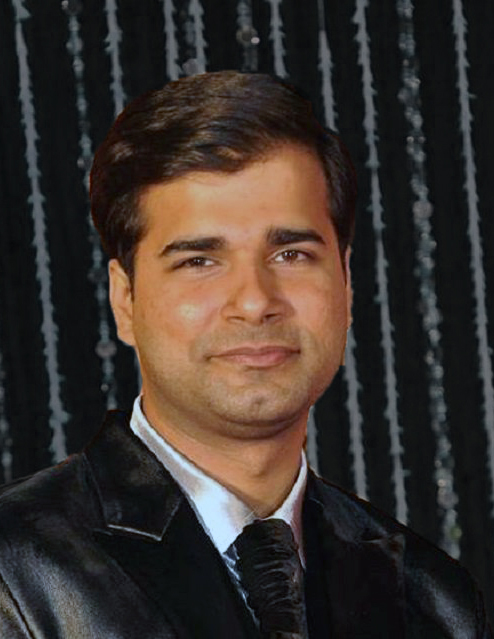 Dr. Sagar Jagdish Abichandani graduated from Dr. D. Y. Patil Dental College & Hospital, Navi Mumbai, and obtained his MDS (Prosthodontics) from SDM college of Dental Sciences, Dharwad. He completed a Restorative & Aesthetic Dentistry Postgraduate program (UK) followed by a Clinical Mastership in Oral Implantology (USA). Dr. Sagar’s practice is based in central Mumbai, India, and is operated by a team of six doctors, two dental assistants, a patient coordinator, a receptionist, and a full-time lab technician. His office houses three dental chairs, an in-house dental lab, cafeteria, and children’s play area.
Dr. Sagar Jagdish Abichandani graduated from Dr. D. Y. Patil Dental College & Hospital, Navi Mumbai, and obtained his MDS (Prosthodontics) from SDM college of Dental Sciences, Dharwad. He completed a Restorative & Aesthetic Dentistry Postgraduate program (UK) followed by a Clinical Mastership in Oral Implantology (USA). Dr. Sagar’s practice is based in central Mumbai, India, and is operated by a team of six doctors, two dental assistants, a patient coordinator, a receptionist, and a full-time lab technician. His office houses three dental chairs, an in-house dental lab, cafeteria, and children’s play area.
I had various ambitions throughout my professional journey, but once you’re a dentist, you’re a dentist forever. I can look back and laugh at my aspirations to become a cricketer, cardio-thoracic surgeon, and even an astronaut. Luckily, ever since I entered the dental field, my mind and soul have been at peace.
When did you start studying occlusion? How have your views on occlusion developed over time?
I read about occlusion during my BDS days and honestly, it didn’t make much sense to me. When I started my post-grad program, I realized that occlusion plays a significant role in maintaining healthy restorations. That’s how I got sucked into occlusion. I began to understand the nuances required in various occlusal schemes: natural teeth opposing natural teeth; natural teeth opposing tooth-supported restorations; natural teeth opposing implant-supported restorations; etc. As the bite force varies, the non-axial loading has to be minimized as well. In order to ensure longevity in any work done, occlusal harmony is a must – that was my rule of thumb during my master’s program.
As I dove further into the ocean of occlusion, I realized it’s not just about the interplay of teeth. Several delicate structures work in tandem to make up a patient’s occlusion—muscles, joints, ligaments, and the last component of the system, teeth. This broadened my vision of establishing occlusal equilibration not only for the longevity of restorations, but also to maintain the balance and harmony of the entire stomatognathic system.
How did you find out about T-Scan? Why did you adopt the technology?
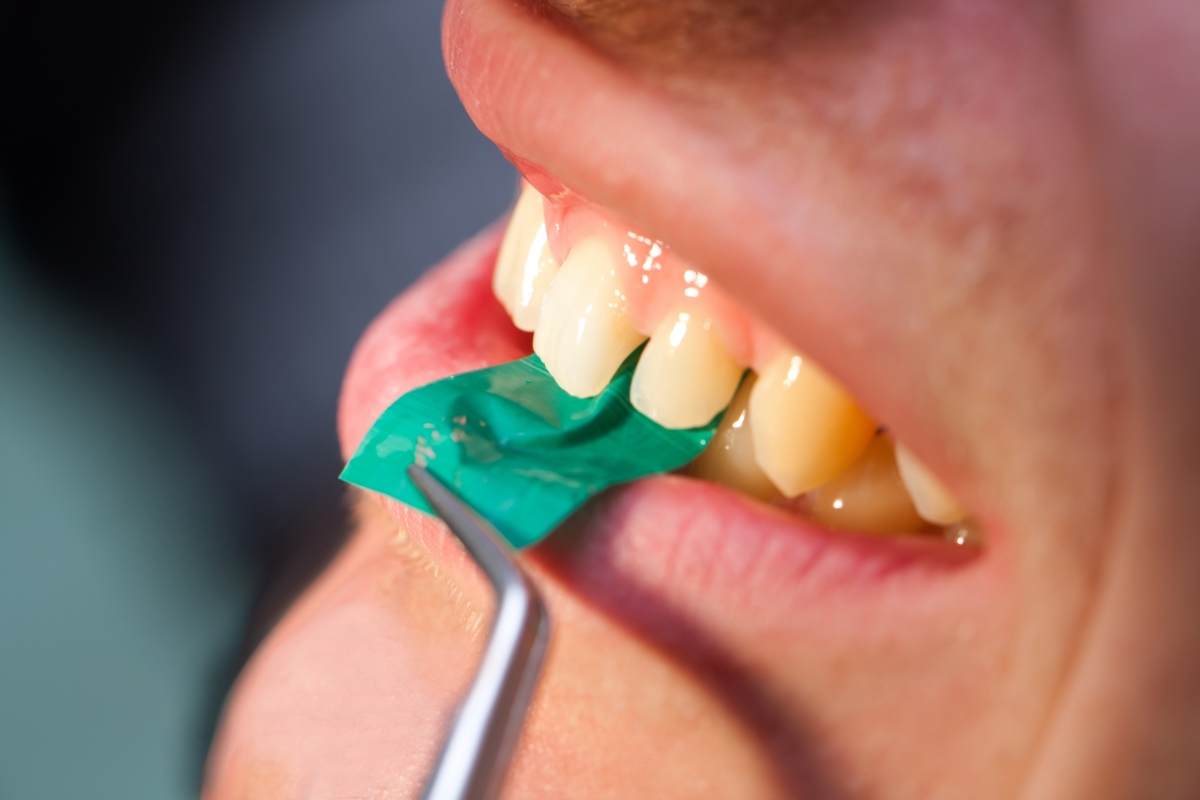
I would like to thank my incredibly intelligent patients! We treat many patients from the expat community residing in Mumbai—they are super excited and overly interested in what’s happening in their mouth, so they require optimal justification and reasoning behind every procedure performed. One of my dear Brazilian patients asked me some years ago: “Doctor, there are so many red and blue spots – how do you differentiate which one is good or bad? When do you know which is the first point when teeth touch and which is the last? Is it always the darker point that requires elimination?”
I initially laughed these things off and told her not to overanalyze it, but after few days, I realized that it actually made sense to understand both static and dynamic bite factors. Relying on interocclusal records alone to accurately identify occlusal forces and timing is expecting too much. A casual conversation with a patient changed my entire thought process and me even more aware of the importance of capturing occlusal dynamics in a repeatable and recordable fashion.
Three years ago, I was introduced to T-Scan in Dubai. It appeared to answer every occlusion-related question I had floating around in my head. However, I don’t typically go with my gut feeling unless comprehensive reviews and evidence-based research support my intuition. After two years of deliberation with users around the world and careful consideration of their feedback, I integrated T-Scan into my practice. We’re proud to have it!
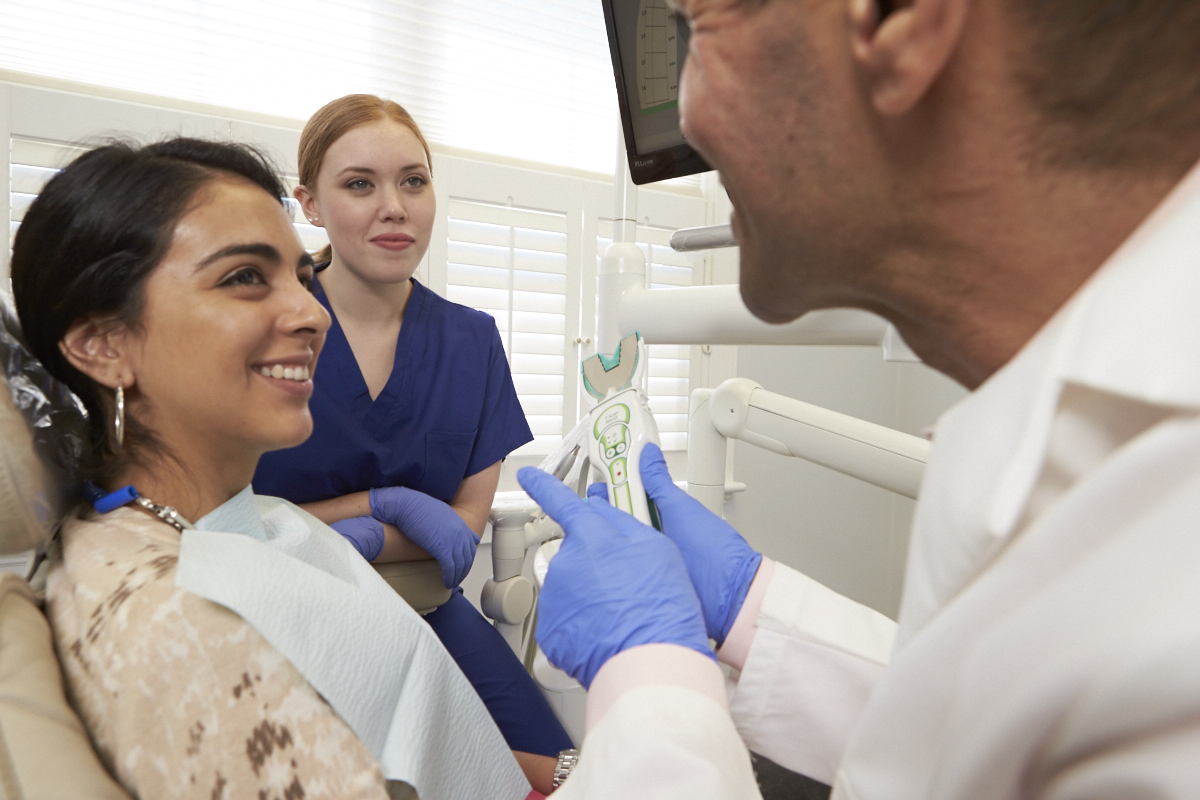
What do your patients think of T-Scan?
Patients love it when they get to see what’s actually going on inside their mouths (rather than hearing it from me and imagining it themselves). When I use T-Scan to show them how their teeth contact, how teeth should contact, how the bite force is distributed, what will happen if we erase few points of heavy contact here and there on the software, etc., they’re blown away!
With T-Scan, patients can see their bite dynamics in living color, which is much more powerful than a verbal explanation.
What is your favorite thing about T-Scan and why?
My favorite T-Scan feature is its ability to display objective, visual bite information from the first point of contact to maximal intercuspation. This range of data best reveals occlusal dynamics—how the teeth begin to contact, which part of which tooth goes into heavy contact at what time, which part of the jaw has more force concentration at contact, whether the equilibration in terms of percentage is acceptable or not and so on. I can determine all of this by simply looking at the .avi file the software generates! T-Scan is successfully answering all of the remaining occlusal questions I had after merely observing the blue/red marks left by articulating paper.
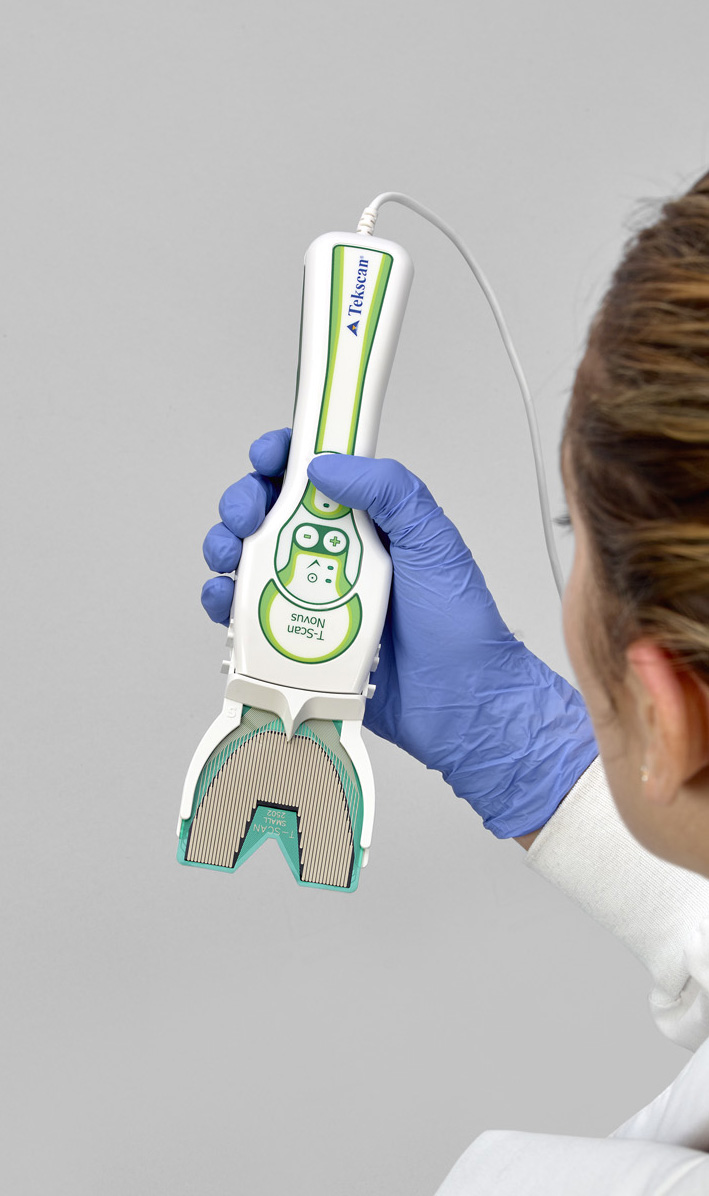
What is your practice philosophy and where does T-Scan fit in?
I am a strong believer in providing an apt diagnosis. As Dr. Frank Spear says, diagnosis is a linear process with a start and end. If I’m able to diagnose the case well and devise an appropriate treatment plan, I’ll definitely be working in the right direction to ensure a successful outcome and ultimately case longevity.
I never jump to conclusions about what a patient really needs after only three minutes of clinical examination and a five minute discussion. I take my time to understand what the case demands (even if it’s only a couple of fillings) and then present possible treatment options to the patient.
In a matter of days, our dental office is able to schedule follow-up appointments in which we determine the right course of action for the patient. T-Scan is my extended diagnostic tool just like my mirror, probe, tweezer, etc. One T-Scan sensor is assigned to each patient for the entirety of their treatment. We take scans throughout the process to validate the work we’re doing and to avoid causing iatrogenic damage to the stomatognathic system with our restorations. Our patients more than appreciate this approach, and as a result, have gone on to recommend our practice to friends and family.
Why do you think dentistry is so resistant to the technology?
I believe every one of us is resistant to change, in some form or another – but we all realize that change is the only way forward. Change in the right direction is inevitable, so the earlier we embrace it, the better equipped we are with the changing world. T-Scan is for today – not tomorrow – just like intraoral scanners and chairside CAD/CAM systems. When the world has accepted it, acknowledged its advantages, and verified its ability to improve patient comfort, why should the dental industry fall so far behind?
Yes, we do place a lot of weight on cost and return on investment. But if we are able to deliver the best solutions at a slight premium, patients understand that and are willing to bear that additional cost. People still buy iPhones when a multitude of cheaper, equally tech-savvy phones are available. Why wouldn’t we offer something that produces better, long-term results, making it more cost effective in the long run?
What would you like to see changed in dentistry?
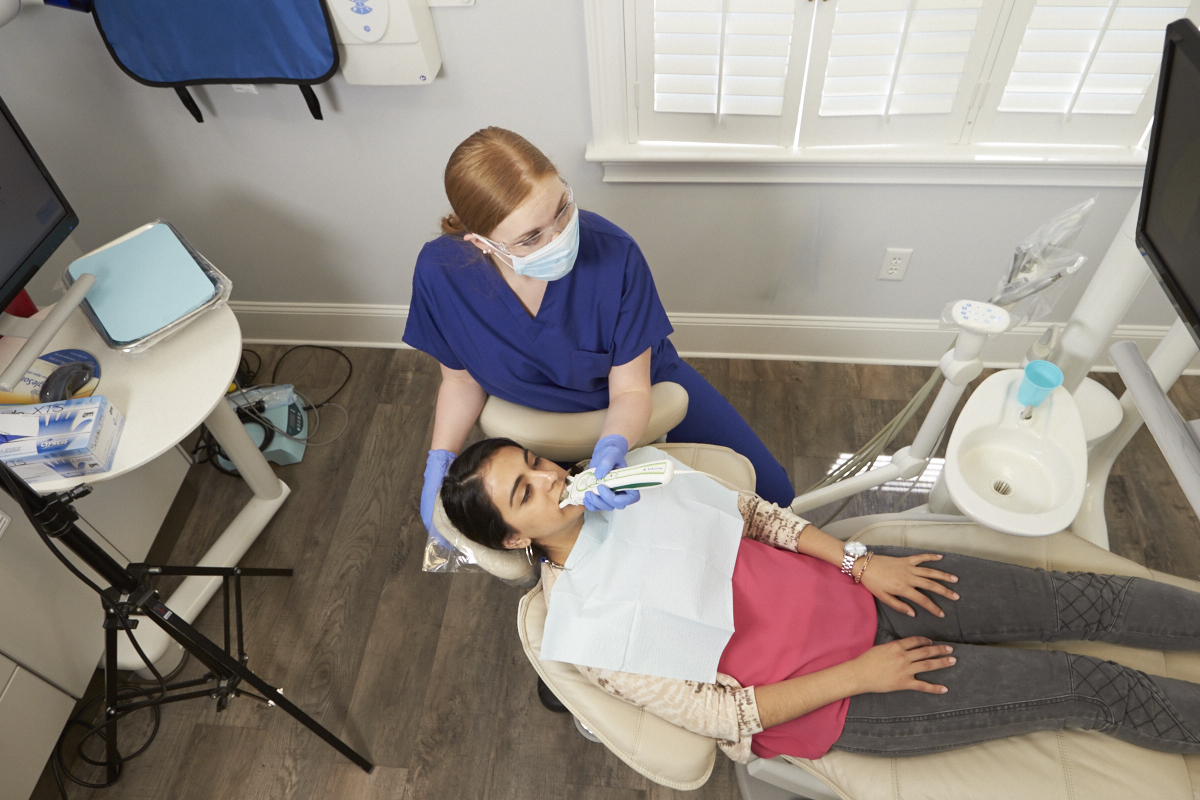 There’s a lot of negativity swirling around in the field of dentistry. The rising number of dental school graduates each year limits the amount of available employment opportunities. Many new dentists enter the field ready to work for any given salary (which ends up devaluing the profession and the professionalism of the practice). At this point, they feel being employed is better than expecting fair compensation and remaining unemployed.
There’s a lot of negativity swirling around in the field of dentistry. The rising number of dental school graduates each year limits the amount of available employment opportunities. Many new dentists enter the field ready to work for any given salary (which ends up devaluing the profession and the professionalism of the practice). At this point, they feel being employed is better than expecting fair compensation and remaining unemployed.
The time, money, and effort that go into obtaining a dental degree and setting up a practice compared to the eventual return on investment can be disheartening, to say the least. These factors tend to push dentists toward quick capital-generating solutions which can be wrong and unethical. Unfortunately, there are some clinicians who only see patients as a way to make x,y,z, amount of money and stray away from delivering the correct treatment options to deserving patients.
So my dear friends, RESIST THE TEMPTATION to do wrong. Even watering a seed is a continuous process—that must be performed with patience and persistence—if we eventually want to produce a thriving plant. Keep in mind, the fruits of our labor may appear after a generation or two, but that’s selflessness—taking pride in doing what’s right regardless of its immediate benefit to me. There is so much opportunity to develop good dentistry; a clinician must only have the right mindset and the desire to do good. If we all implemented this ideology, it would significantly contribute to the betterment of our practice and profession.
Lastly, please give up the desire to save money by compromising on the quality of materials and equipment! Always put yourself in the patient’s chair—if I wouldn’t prefer a specific material / technique / treatment plan in my mouth, I should definitely refraining from using them on patients. This is the most genuine way to elevate your practice and build your brand. The rest, in time, will follow.
The information on the Tekscan website is provided with the understanding that the organization is not engaged in rendering medical or legal advice or recommendations. You should not rely on any information on the website to replace consultations with qualified health care, clinical, or legal professionals to meet your individual needs. References to any treatment or therapy option, or to any program, service or treatment do not constitute an official endorsement by Tekscan, Inc. Read our full disclaimers.